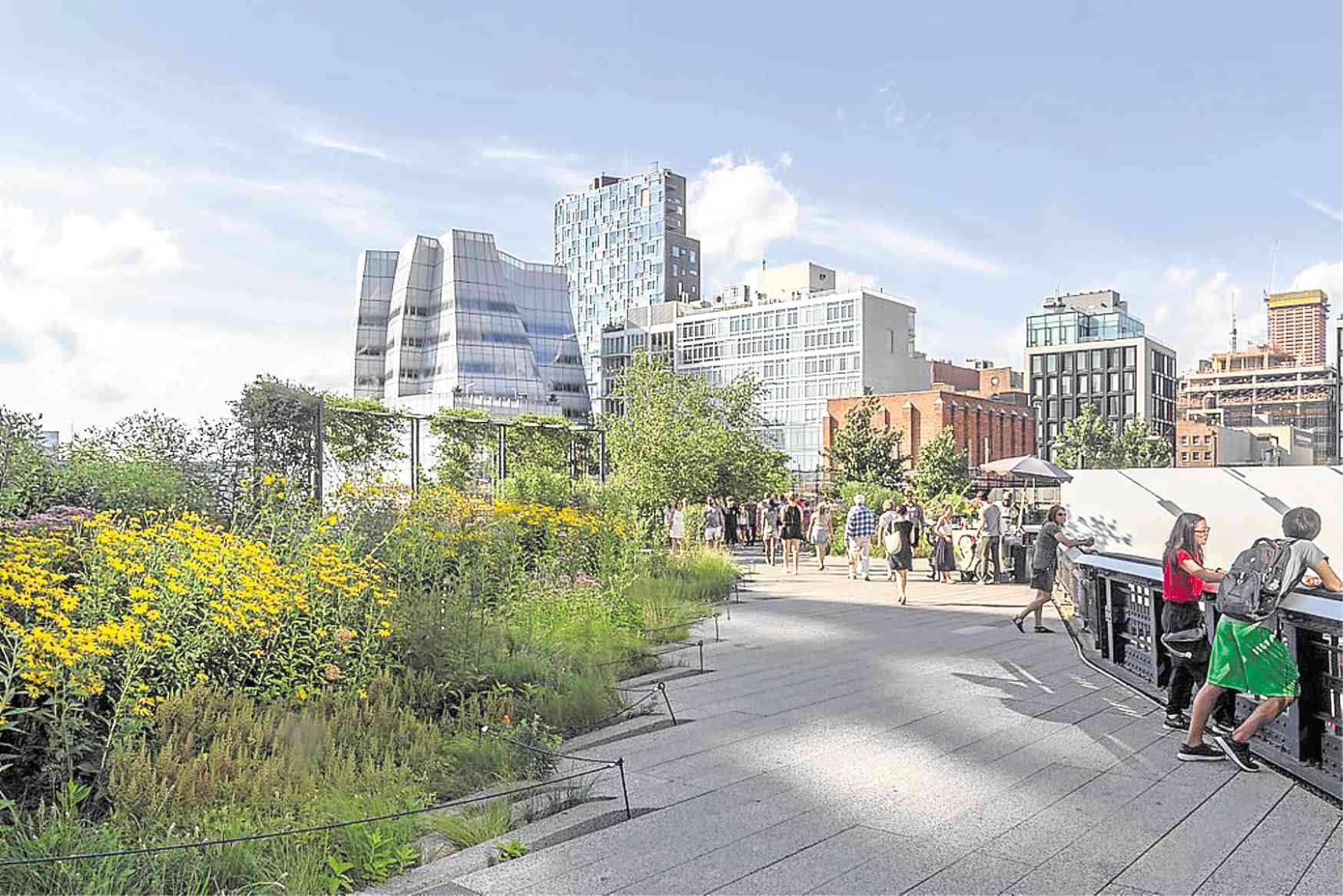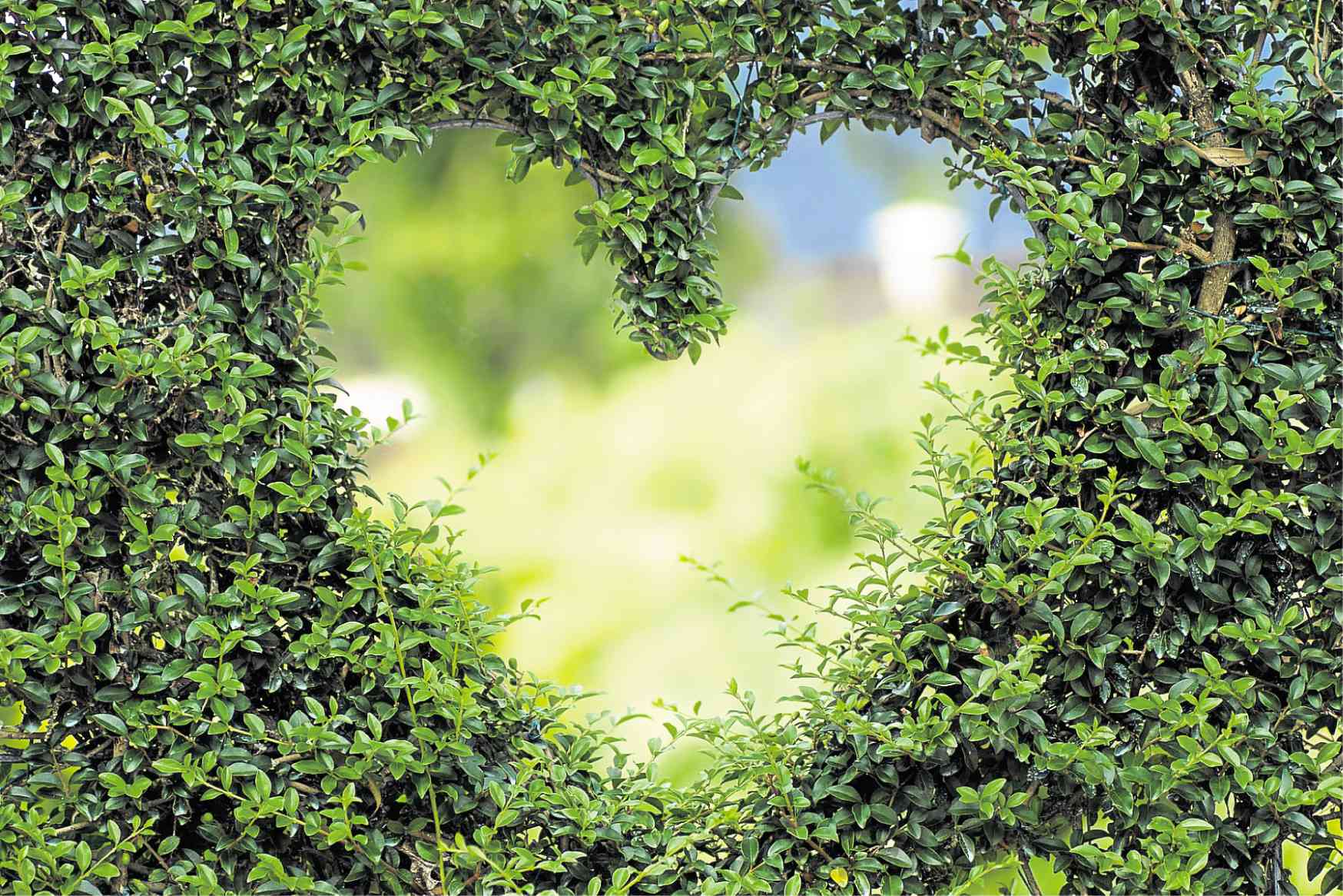Finding love in the city
Could your relationship status be affected, in any way, by the city you live in?
Kaid Benfield, co-founder of Smart Growth America, believes so. In a blog for the Natural Resources Defense Council, he listed down a couple of characteristics that some famous romantic cities have in common.
Paris, Venice and Kyoto, for instance, apparently share a few elements that encourage love. And while not all of us can travel to these places, we can make romance abound in our own cities. Find out what elements can make our cities the best places to find love.
Preserved history
Trust us on this one: a place rich in history is abundant in date venues. But besides offering more museums and tourist attractions, a historical site promotes a strong sense of place.
In the case of Paris, considered the world’s most romantic destination, a Unesco protection law ensures that heritage buildings and the city skylines are preserved. New structures are limited to six stories, while dwellings from the time of kings and princesses are well kept. It’s no wonder that Paris has maintained a sense of enchantment throughout the years.

A railway-turned park, the High Line in Manhattan offers a place for lovers to stroll and relax in the city.
Walkable, lively streets
It is said that “walking makes you as happy as someone who has fallen in love.”
Adele Peters of fastcompany.com reported that people who walk at least 8.6 minutes a day are 33 percent more likely to report better mental health.
Indeed, a walk through an animated street is better for our mood than being stuck in traffic on the road. And if you arrive at your destination with a good attitude, you may likely have better chances of snagging a date with the next lovely person you meet.
Compact neighborhoods
Compared to a more sprawling suburb, a compact neighborhood can pave the way for better human connections. It can encourage children to play together, families to hang out and relationships to bloom in the community.
The compact urban model is not only great for our love life—it’s also great on our pockets as well.
Adjacent homes allow the sharing of utility lines and facilities, resulting in less resource requirement per person. With utility bills now amassing less of your salary, you have more money to spend on date nights. Hooray!
Effective public transportation
Transit-oriented cities encourage people to see and interact with each other more.
How can you find Mr. Right when you just sit in your car every day to and from work? If we have access to better modes of public transportation, traffic would be lessened and our streets would thrive. The city would shift from prioritizing vehicles to actually focusing on people.
Interactive public spaces
In 1999, residents of Manhattan’s West Side fought to save a 1.45 mile-long elevated railway from demolition.
Though abandoned, the railway was thriving in wild greenery and alluded to the 1930’s era of New York. Through community effort and fundraising, the people turned the old station into the High Line—a lush, public park with art installations.
Nowadays, it’s pretty common to see lovers strolling at the High Line, holding hands. Robert Hammond, one of those responsible for the transformation, said that the park has brought people closer together: “I think that’s the power that public space can have, to transform how people experience their city and interact with each other.”
Quiet escapes
The value of a park in a city has long been established by many urban planners.
Considered a breath of fresh air in an urban environment, parks encourage human interactions and promote relaxation in nature. Parks offer a welcome break for those who have toxic work schedules and are in stressful environments. These allow us to have intimate but public-friendly moments with our loved ones while enjoying the sun.
Open to diversity
US-based Indian architect Vishaan Chakrabarti advocates the design of more welcoming cities. Speaking from personal experience, he said that cities become more inviting to people if these provide walkable streets and gathering places amid skyscrapers and urban elements.
These encourage the spread of multiculture. In relation to our love lives, multicultural cities pave the way for social acceptance and the breakdown of biases. It pushes for a modern, more forgiving attitude to all of us who don’t fit the norm.
Love can thus thrive in such cities because these places are built to accept everyone.
Whatever your relationship status is this coming Valentine’s Day, find romance in the city you live in. Apparently, the benefit of sustainable communities and green spaces extend to our love lives. Even if you don’t live in Paris or Venice, love might just be around the corner.
Learn to take care of your city, and who knows? The city just might give you your heart’s most fervent desire.
Sources:
Acroterion via Wikimedia.com Jerome Dominici and Katie Salerno via pexels.com; Robert Hammond via TedTalk: Building a Park in the Sky; fastcompany.com; thelocal.fr; canacitybesustainable.org; delawarepublic.org




